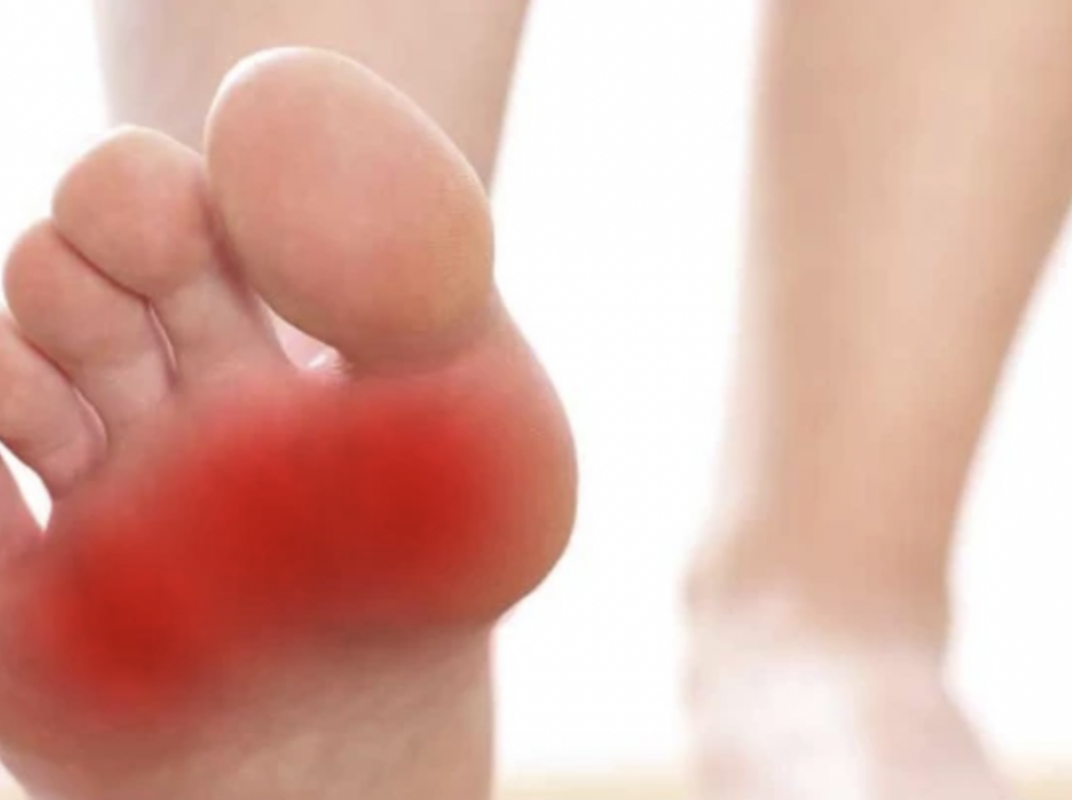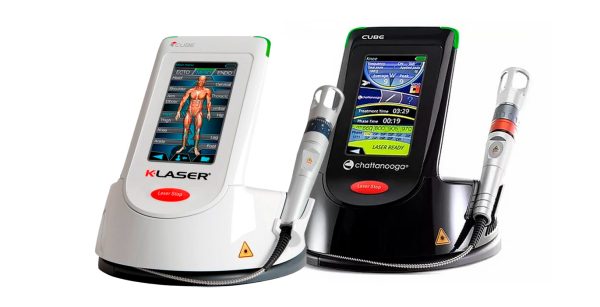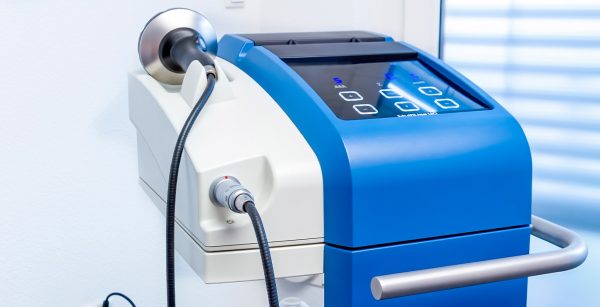Treating Metatarsalgia With Shockwave Therapy

Metatarsalgia, occasionally referred to as stone bruise, is a catchall term for a number of disorders which share a single symptom: pain in the ball of the foot.
One of the more common forms of metatarsalgia is Morton’s Neuroma. During periods of physical activity, the five metatarsal bones in the foot will exert pressure on one another. Over time, this can cause a thickening of the tissue between the bones, compressing the nerve and resulting in pain and discomfort.
However, this is just one of many causes of metatarsalgia. As a result, there are many common causes of the disorder, including:
- Prolonged, repeated periods of physical activity
- Wearing tight shoes or high heels
- Stress fractures in the metatarsals
- Being overweight
- High arches or long second toes, which put more weight on the metatarsals
- Age, due to the fact that over time the tissue that pads the bones thins
- Metatarsalgia can also be caused by a host of medical conditions, such as rheumatoid arthritis, gout, bunions, fluid buildup, and diabetes.
Shockwave Therapy Treatment
Many forms of metatarsalgia involve the inflammation of soft tissue in the ball of the foot. Injuries of this nature are ideal candidates for treatment with shockwave therapy (ESWT).
Shockwave therapy is a non-surgical treatment methodology which uses acoustic waves to stimulate the affected tissues, which encourages the reduction of swelling, increases blood flow, and kick-starts the body’s healing processes.
Within the first or second session, many patients report a noticeable reduction in pain. Additional treatments produce further pain reduction, as well as a reduction in swelling, which gives the ball of the foot time to heal, ultimately resulting in a complete or near-complete elimination of this painful condition.
Our shockwave therapy treatment system is an FDA-cleared approach which has been shown in studies to effectively treat common metatarsalgia and other common sources of foot pain. Thanks to its non-surgical, non-invasive nature, ESWT does not carry the risks that are inherent to other common treatment modes, such as surgery or relying on potentially addictive painkillers.
Some cases of metatarsalgia may also respond to other forms of treatment, such as laser therapy and magnetic field therapy (PEMFT).



